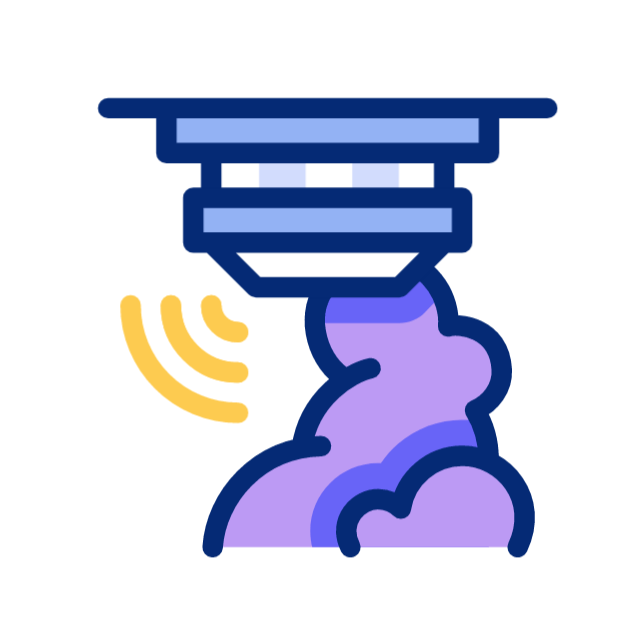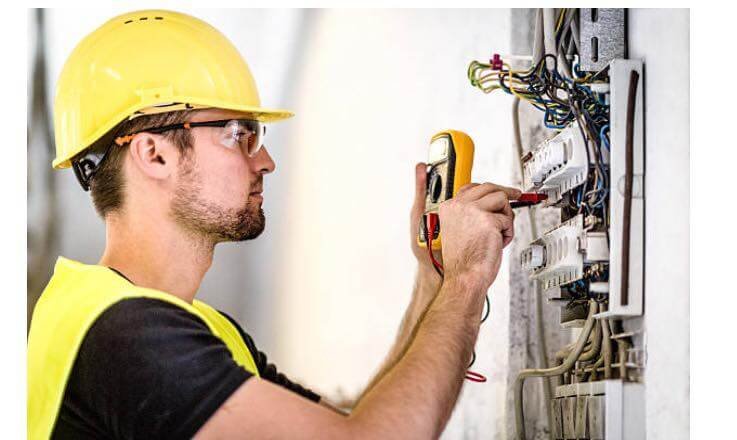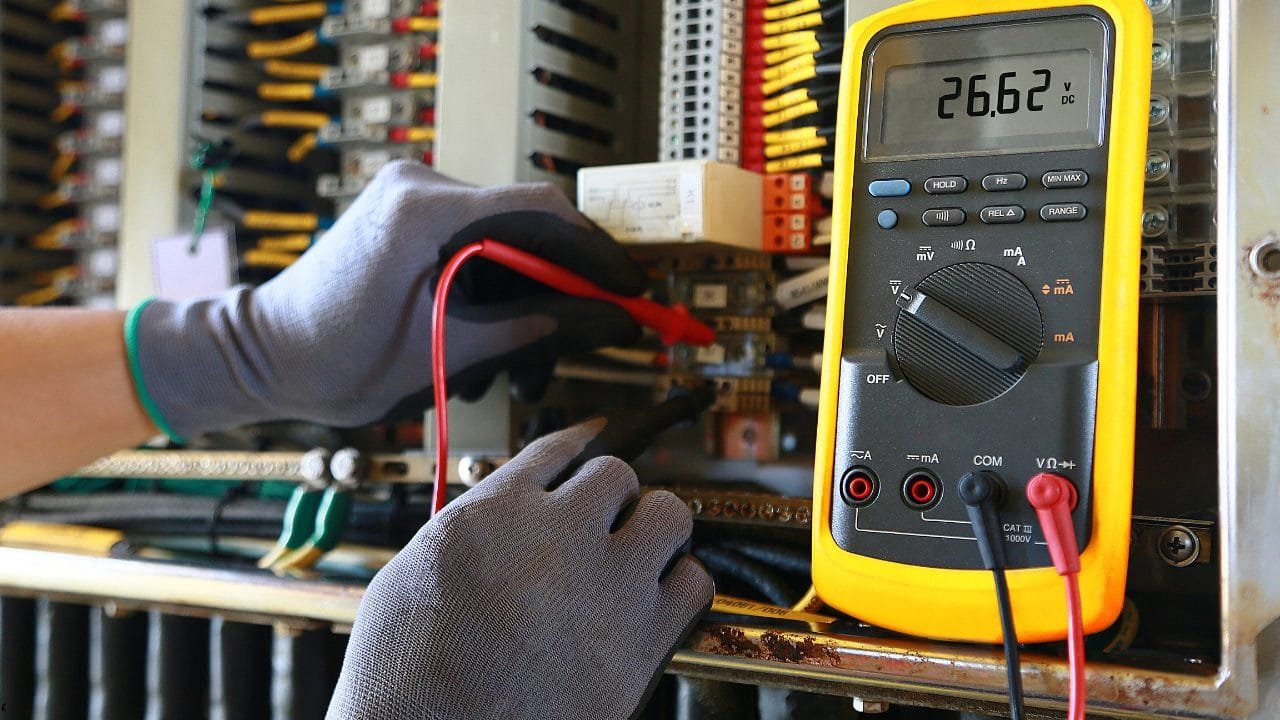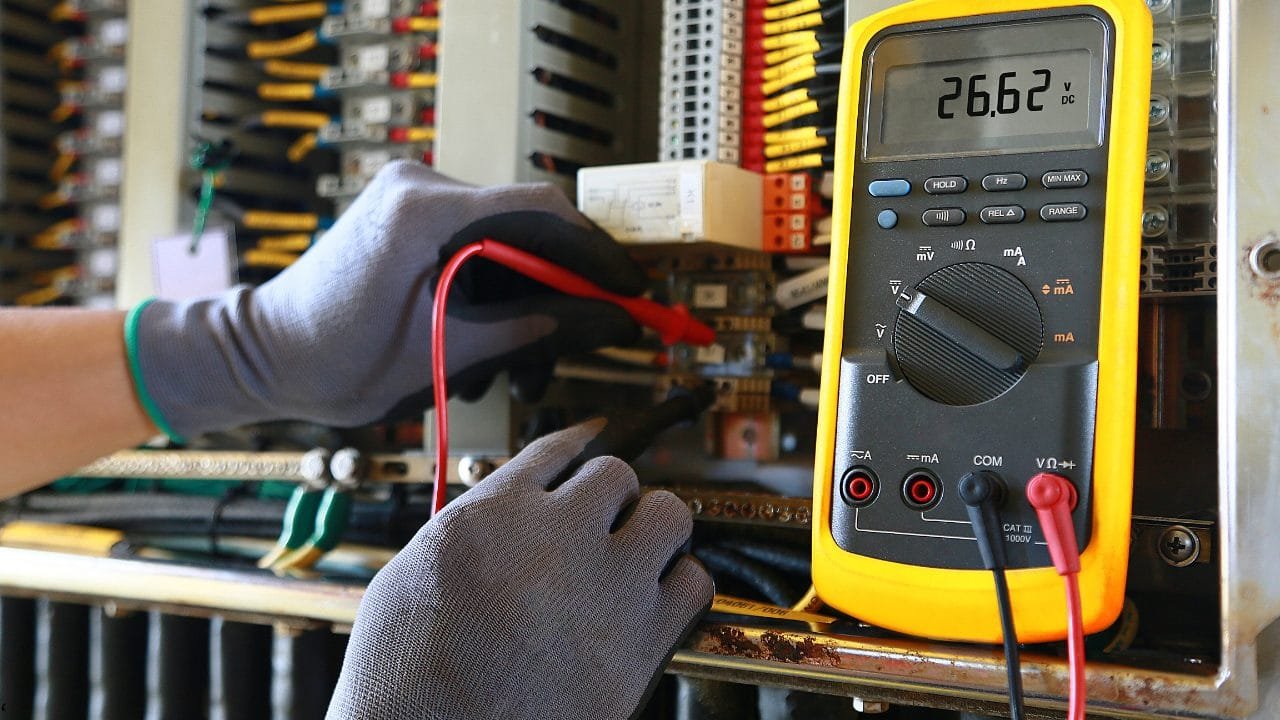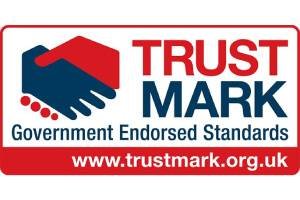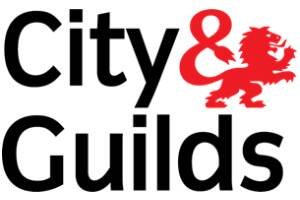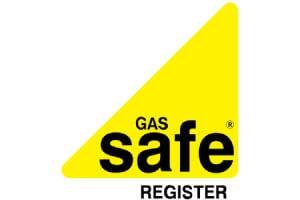Studio Bedroom £69.99 ◾ 1-3 Bedrooms £96.99 ◾ 4 Bedrooms £106.99 ◾ 5 Bedrooms £143.99 ◾ Studio Bedroom £69.99 ◾ 1-3 Bedrooms £96.99 ◾ 4 Bedrooms £106.99 ◾ 5 Bedrooms £143.99◾ Studio Bedroom £69.99 ◾ 1-3 Bedrooms £96.99 ◾ 4 Bedrooms £106.99 ◾ 5 Bedrooms £143.99 ◾ Studio Bedroom £69.99 ◾ 1-3 Bedrooms £96.99 ◾ 4 Bedrooms £106.99 ◾ 5 Bedrooms £143.99◾

EICR Residential
Start from £69.99
All inclusive (No hidden Cost)

Your Reliable Partner for EICR Certificates in London
If you rent out a property in London, staying on top of electrical safety isn’t merely about compliance; it’s about protecting your tenants and maintaining your property. That’s where an Electrical Installation Condition Report becomes a significant factor. This report evaluates the state of your fixed wiring and electrical systems, detecting any issues before they become serious problems. Whether you’re preparing for new tenants, renewing a lease, or simply staying ahead of the game, a valid EICR certificate ensures compliance with UK regulations and provides peace of mind. At Landlord Safety Certification, our skilled electricians are fully qualified and registered with NICEIC and NAPIT, conducting each inspection professionally and carefully.
What Is an EICR? Understanding the EICR Certificate
An Electrical Installation Condition Report is a formal document that assesses the condition of a property’s electrical systems. A qualified electrician performs this task. It aims to detect faults, defects, or safety risks in the property’s fixed wiring, such as fuse boxes, sockets, lighting, and wiring circuits.
An EICR certificate aims to verify that your electrical systems are safe and meet the current UK wiring standards, particularly BS 7671 (the IET Wiring Regulations). The report identifies issues with standardised codes, helping you determine what needs immediate action and what can be improved gradually.

Significance of an EICR Certificate for Property Safety
We usually don’t realise how important electricity is until an issue arises. Inside any building, there’s a hidden network of cables, sockets, consumer units, and circuits that can degrade over time without any apparent damage. This is the point at which an Electrical Installation Condition Report becomes essential. It serves as a comprehensive health assessment for your property’s electrical system, enabling the detection of faults before they pose a safety risk.
Electrical problems are a major cause of household fires in the UK. Factors such as loose connections, overloaded circuits, outdated wiring, or faulty installations can create significant safety risks if not addressed. An EICR certificate is specifically designed to spot these dangers early, enabling property owners to perform repairs before they develop into harmful or costly issues.
For landlords, an EICR Certificate is not only necessary for safeguarding your property but also a legal obligation. According to the Electrical Safety Standards in the Private Rented Sector (UK) Regulations 2020, landlords are required to have their electrical systems inspected at least once every five years or when a new tenancy begins. Non-compliance can lead to substantial fines, legal actions, or even restrictions on renting out the property.
In summary, the EICR certificate is more than just documentation. It serves as an advanced method to safeguard lives, preserve property value, and provide peace of mind for landlords, homeowners, and business owners alike.
Do Landlords Legally Need an EICR?
As a landlord in the UK, you are required to possess a valid Electrical Installation Condition Report for every rental property you own or oversee. This requirement is mandated by the Electrical Safety Standards in the Private Rented Sector Regulations 2020, which came into full effect on 1 April 2021.
These regulations state that all private landlords must:
- Ensure all electrical installations in their rental property are inspected by a qualified professional at least every five years.
- Get a valid EICR that shows the inspection results and any necessary repairs.
- Give new tenants a copy of the report before they move in, send it to existing tenants within 28 days of the inspection, and provide it to the local authority upon request within 7 days.
Suppose the report identifies any C1 (danger present) or C2 (potential danger) issues. In that case, the landlord is required to finish the necessary remedial work within 28 days, or earlier if the report states so, and must provide written proof of completion.

Who Is Required to Have an EICR?
An EICR certificate is a legal requirement for all rented residential properties in the UK, such as houses, flats, and HMOs. Landlords must have one conducted at least every five years or when a new tenancy begins. Although not legally obligatory for homeowners, regular inspections are advised to ensure safety and provide peace of mind. Commercial property owners are also advised to obtain an EICR certificate to ensure safety regularly and for insurance purposes.
Main Advantages of Obtaining a Certified EICR

Ensures Electrical Safety
A certified inspection detects unsafe conditions, such as faulty wiring, overloaded circuits, and outdated systems, which helps prevent electrical fires, shocks, and other safety dangers.

Meets Legal Requirements
For landlords, possessing a valid EICR certificate is a legal requirement under UK regulations. It shows compliance and helps you avoid fines or enforcement actions from local authorities.

Supports Insurance and Liability Protection
Many insurance providers require proof of electrical safety. A valid EICR can support your claims and reduce liability if electrical faults cause damage or injury.

Provides Peace of Mind and Long-Term Savings
Detecting electrical problems early helps prevent expensive repairs later. A certified EICR gives you confidence that your property is safe, compliant, and properly maintained.
Our EICR Process, From Booking to Certification
Our EICR service aims to be simple, clear, and user-friendly. After you reach out to us, we will arrange a suitable time for one of our qualified electricians to visit your property. During the inspection, we conduct a comprehensive evaluation of your fixed electrical systems to find any faults, threats, or areas that require attention.
After the inspection, you’ll receive a detailed digital report, often on the same day, detailing the condition of your installation along with clear coding (C1, C2, C3, or FI) for any identified issues. If repairs are necessary, we’ll provide expert advice and a quote to bring your installation up to standard. Once everything is proper, you’ll receive a certified EICR confirming full compliance with current regulations, giving you peace of mind.
We’ve made the EICR certificate process straightforward, so you know exactly what to expect from start to finish:
- Easy Booking
Schedule your inspection easily online or by phone. We’ll confirm your appointment promptly and accommodate your preferred date and time, including emergency and same-day slots when available. - On-Site Inspection
A qualified electrician (NICEIC or NAPIT registered) will arrive promptly to perform a comprehensive inspection of your property’s fixed wiring, consumer unit, sockets, light fittings, and other electrical components. The evaluation involves conducting visual inspections as well as testing live circuits. - Clear, Coded Report
Following the inspection, we deliver a comprehensive report that indicates the state of your installation with standard codes (C1, C2, C3, FI). The report explicitly states whether the property is ‘satisfactory’ or if there are any issues that require attention. - Certification & Remedial Options
If your installation complies with safety standards, your digital certificate will be issued either the same day or within 24 hours. Should faults be identified, we will provide a quote for the necessary repairs and promptly arrange for them, along with a follow-up test, to help you quickly restore compliance.
How We Help
At Landlord Safety Certification, we simplify electrical compliance. Whether you’re a landlord, homeowner, or managing multiple properties, we provide a comprehensive, end-to-end service to ensure your property remains safe and compliant with all applicable laws.
- Expert Electrical Inspections
Our electricians, who are fully qualified and approved by NICEIC and NAPIT, perform comprehensive EICR inspections with the latest testing tools to ensure nothing is overlooked. - Fast, Clear Reporting
You will get a detailed Electrical Installation Condition Report (EICR) within 24 hours, which clearly outlines any detected issues and their implications for your property. - Remedial Work & Retesting
If your report identifies faults, we will manage all repairs internally. After completing them, we will perform a retest and provide you with an updated certificate. - Flexible Appointments & Transparent Pricing
We offer flexible booking options, including weekends and last-minute appointments, with transparent upfront pricing and no hidden fees. - Ongoing Compliance Support
Whether you’re managing a portfolio or need advice, we’re here to guide you through current regulations and ensure your property stays compliant in the long term.
Why Choose Us
Selecting the appropriate team for your EICR certificate goes beyond fulfilling legal requirements; it involves trusting professionals with the safety of your property and its occupants. At Landlord Safety Certification, we combine technical expertise with a customer-focused way to ensure a smooth and hassle-free process. Our electricians are fully qualified, registered with NICEIC and NAPIT, and have extensive experience working on residential, commercial, and rental properties throughout London.
We understand the importance of timing and compliance, particularly for landlords and property managers who face tight deadlines. That’s why we provide rapid turnaround times, with most reports completed within 24 hours, often on the same day. Our pricing is completely transparent, with no hidden fees or surprises. Whether it’s a single-bedroom apartment or a multi-unit portfolio, you’ll always know what to expect from the beginning.
If your report reveals any issues, we’re ready to assist in resolving them swiftly. We provide remedial work and retesting services, helping you avoid the need to chase multiple contractors or experience unnecessary delays. Additionally, with flexible appointment options throughout London, including evenings and weekends, we accommodate your schedule instead of the other way around.
Primarily, our clients select us for our dependability, professionalism, and transparent service. We don’t merely hand out certificates; we develop enduring relationships by simplifying safety and compliance management at every stage.
EICR Codes Explained: What C1, C2, C3 and FI Really Mean
When you get an Electrical Installation Condition Report (EICR), it provides specific codes that show the state of your electrical system. These codes help you understand the severity of any problems and the necessary steps, whether immediate repairs are required or if your installation is deemed safe.
This is the meaning of each EICR code:
C1: Danger Present
This is the most serious classification. A C1 fault indicates an immediate danger, such as exposed live components or significant deterioration that could cause electrical shock or fire. Urgent action is necessary, and the electrician may need to disconnect the dangerous circuit immediately to ensure safety.
C2: Potentially Dangerous
A C2 code signifies that, while there may be no immediate risk, the issue presents a danger if not addressed. It can involve problems like poor earthing or damaged insulation. Prompt remedial action is necessary to bring the installation back into compliance.
C3: Improvement Recommended
This is not a failure, but a suggestion. A C3 code indicates that the installation is safe to use but could be improved for better safety or regulatory compliance. It is the only code that does not require mandatory action to pass inspection.
FI: Further Investigation Required
Sometimes, an issue requires more thorough examination before determining safety. An FI code indicates a potentially problematic condition that couldn’t be fully evaluated during the visit, such as circuits with unclear labels or inaccessible parts. Additional inspections are necessary before declaring the system safe to use.
A satisfactory EICR should contain only C3 codes or none at all. Reports that contain C1, C2, or FI are deemed unsatisfactory, indicating that remedial work must be completed before the property can be considered compliant.
Consequences of Ignoring EICR Requirements
Failing to adhere to its regulations isn’t merely about missing a certificate; it can result in significant legal, financial, and safety issues. Whether you’re a landlord, property manager, or business owner, ignoring your duty to maintain electrical safety could cause long-term consequences.
A primary risk is legal action, as UK law mandates that landlords obtain a valid Electrical Installation Condition Report (EICR) at least every five years, or more frequently if advised by the previous report. Non-compliance can result in fines of up to £30,000, enforced by local authorities, as per the Electrical Safety Standards in the Private Rented Sector (England) Regulations 2020.
In addition to legal penalties, there are notable insurance consequences. Several insurers require proof of recent electrical safety inspections before processing property claims. If a fire or mishap results from faulty wiring and no EICR is available, your policy might become void, meaning you’ll have to pay costs out of pocket.
The safety of your tenants or occupants is, of course, the top priority. Unnoticed electrical faults may result in shocks, fires, or fatalities. Beyond the tragic human consequences, any incident caused by preventable electrical problems can significantly harm your reputation as a responsible landlord or business owner.
Failing to meet EICR certificate requirements can lead to tenant disputes, rental delays, and make it more difficult to attract new tenants. As tenants become more informed about their rights, they may refuse to rent properties lacking safety certification.
In summary, the cost of non-compliance with the EICR report greatly outweighs the expense of a professional EICR. Maintaining your certification is not just a legal obligation; it is also an integral measure to safeguard your property, tenants, and peace of mind.
What You Risk by Skipping Your EICR report:
- Up to £30,000 in government fines
- Voided insurance claims related to electrical fires or damage
- Severe injury or loss of life due to undetected faults
- Legal disputes or tenant complaints
- Loss of reputation and rental income delays
Common Issues Found During EICR London
Electrical Installation Condition Reports (EICRs) evaluate the safety and condition of your property’s fixed wiring. During these inspections, qualified electricians may find various issues, from minor to more serious. Detecting and addressing these issues early can help prevent costly repairs, reduce fire risks, and ensure compliance with relevant laws and regulations.
Here are some of the most frequently identified faults during an EICR:
- Outdated Consumer Units (Fuse Boxes)
Older fuse boxes with wooden backs or lacking RCD (Residual Current Device) protection are common issues. These panels might not meet the latest BS 7671 standards and could fail to disconnect power swiftly during a fault, creating significant safety risks. - Poor or Missing Earthing and Bonding
Earthing and bonding safeguard individuals from electric shock and facilitate safe disconnection of faults. Missing or incorrect connections, particularly in bathrooms, kitchens, and on gas or water pipes, are among the most frequent C2-level faults identified during inspections. - Damaged or Deteriorating Wiring
Over time, wiring insulation may deteriorate because of age, rodent damage, overheating, or DIY modifications. Cracked or exposed wires pose a significant risk, potentially causing short circuits or fires if left unaddressed. - Overloaded Circuits
Modern households rely on many more electrical appliances than older electrical systems were designed for. Overloading a circuit can lead to overheating and equipment failure. This issue is widespread in HMOs or properties that have been extended without updating their electrical wiring. - Faulty or Non-Compliant Sockets and Switches
Broken, loose, or untested sockets and switches can create shock dangers or fail to function correctly. Incorrect placement, such as sockets placed too close to water sources, can also violate safety regulations. - DIY Electrical Work
Unprofessional or poorly executed DIY projects often overlook essential elements such as proper cable management, grounding, and insulation. Electricians frequently encounter junction boxes missing covers, mismatched wiring, and amateur modifications that pose significant safety risks. - Lack of RCD Protection
Modern regulations mandate RCD protection for all sockets that may supply outdoor equipment, as well as for circuits in bathrooms and kitchens. Properties lacking RCDs or with faulty or non-functional RCDs usually receive a C2 code. - Incomplete or Inaccurate Labelling
Consumer units must be clearly labelled to determine each circuit. Missing or incorrect labels complicate maintenance and emergency isolation, often leading to an FI (Further Investigation) code.
Addressing these issues promptly not only ensures legal compliance but also significantly enhances the safety of your property. If your EICR report detects any of these faults, a qualified electrician can perform the necessary repairs to ensure your safety and maintain your certification.
EICR Cost and What Affects the EICR Certificate Cost?
The price of an Electrical Installation Condition Report depends on various factors, including the type, size, and complexity of your property. While landlords and property managers are required to stay compliant with electrical safety regulations, understanding what influences the price of an EICR can help you plan and budget more effectively.
Average EICR certificate costs
In London and across the UK, typical EICR cost falls within these ranges:
- 1-bedroom flat: £90 to £120
- 2–3bedroom flat/house: £120 to £160
- 4+ bedroom property: £160 to £250+
- Commercial properties: Usually priced on a case-by-case basis due to size and layout complexity.
Key Factors Influencing EICR Cost
The price of an EICR report varies depending on factors such as property size, circuit count, and the complexity of the installation. Urgency, accessibility, and whether it’s residential or commercial can also impact the final price.
- Size of the Property
Larger homes or commercial premises have more circuits, sockets, and wiring systems to inspect. As a result, inspection time increases and so does the cost. - Number of Consumer Units (Fuse Boxes)
Each fuse box requires its own set of checks and testing. Properties with multiple units (e.g., HMOs or multi-use buildings) will usually obtain higher charges. - Type of Property
Residential properties tend to be simpler and quicker to inspect than commercial or industrial spaces, which often have more complex systems, specialist equipment, or three-phase power supplies. - Accessibility
Suppose your consumer unit or wiring is difficult to access, for example. In such cases, if the item is hidden behind furniture, in loft spaces, or within locked commercial units, the inspection may take longer and incur additional costs. - Urgency or Out-of-Hours Requests
Same-day bookings, evening appointments, or weekend inspections may carry a premium charge due to increased demand or staff availability. - Remedial Work Requirements
An EICR certificate may recommend remedial work if issues are found. While this is not part of the inspection fee, knowing that repairs may be needed helps set realistic expectations about total costs.
What Makes an EICR Satisfactory or Unsatisfactory?
An Electrical Installation Condition Report (EICR) concludes with one of two outcomes: Satisfactory or Unsatisfactory. This result is determined by whether the property’s fixed electrical system complies with the current safety standards set out in the BS 7671 Wiring Regulations.
Understanding what qualifies as a satisfactory or unsatisfactory report can help landlords, homeowners, and business owners know what to expect and how to remain compliant.
Satisfactory EICR
Your EICR Landlord certificate will be marked as Satisfactory when:
- No faults classified as dangerous (C1) or potentially dangerous (C2) are detected.
- No additional investigations (FI) are recommended.
- The installation complies with the required standards for earthing, bonding, and circuit protection.
- Minor issues, if present, are categorised as C3 (Improvement Recommended), meaning they do not need urgent attention and do not impact compliance.
In short, a satisfactory report confirms that your installation is safe for continued use and complies with all relevant legal requirements.
Unsatisfactory EICR London Certificate
An EICR will be deemed Unsatisfactory if it reveals any of the following:
- There is at least one C1 (Danger Present) code signalling an imminent risk of electric shock or fire.
- One or more C2 (Potentially Dangerous) issues requiring urgent remedial work to prevent danger.
- Any FI (Further Investigation Required) codes indicating that certain system parts could not be appropriately evaluated or require further checks before a final safety decision is made.
An unsatisfactory EICR indicates non-compliance and needs correction. Landlords in the UK must complete any repairs within 28 days (or earlier if specified) and send written confirmation to both the tenant and local authorities.
What Happens After an Unsatisfactory Report?
Receiving an unsatisfactory EICR certificate means your property’s electrical installation has one or more issues that pose a risk and must be addressed to meet safety regulations. While this may sound concerning, it’s a clear opportunity to bring your installation up to standard, and we’re here to guide you every step of the way.
Once the report is issued, the next step is remedial work, which involves correcting any faults identified during the inspection. These issues are usually marked with codes such as C1 (danger present), C2 (potentially dangerous), or FI (further investigation required). Legally, landlords must ensure that remedial action is taken within 28 days of receiving the report, or sooner if specified by the electrician, to remain compliant with current regulations.
After a qualified electrician has completed the corrective work, there are typically two possible next steps depending on the scale of the repairs:
- For minor fixes, the electrician may issue a Minor Electrical Installation Works Certificate (MEIWC), confirming that all identified problems have been resolved and the system is now safe for continued use.
- If the faults were more significant or widespread, a follow-up EICR inspection may be necessary to re-evaluate the entire system and provide a fresh, satisfactory certificate.
In both situations, the tenant and, if asked, the local authority must receive written confirmation of completed work within 28 days of the remedial action.
Taking prompt action after an unsatisfactory report not only keeps you legally compliant but also shows a commitment to the safety of your tenants and property. It helps you avoid large fines of up to £30,000, ensures continued insurance coverage, and prevents delays in tenancy agreements or property transactions.
By thoroughly addressing the issues and obtaining the necessary documentation, you can convert a failed inspection into a solid foundation of trust, safety, and compliance moving forward.
What Happens If My EICR Fails?
If your Electrical Installation Condition Report (EICR) is marked as “unsatisfactory,” it indicates that one or more issues have been found in your property’s fixed electrical system that could pose safety risks or need urgent attention. This result typically arises from dangerous findings (C1), potentially harmful (C2), or unexplained (FI: further investigation). A failed EICR does not mean your property is unusable, but it does mean you must take corrective action within a specific timeframe to comply with legal and safety standards.
In England, landlords must complete any recommended repairs or investigations within 28 days of receiving the report, or sooner if specified by the electrician. After addressing the issues, you are legally obliged to obtain written confirmation that the work meets safety standards. This documentation should be given to your tenants and, if requested, to the local authority within 28 days of finishing the work.
Depending on the type of faults, your electrician might recommend a complete re-inspection or provide a Minor Works Certificate to verify compliance. The primary objective is to ensure that your electrical system is safe and complies with the requirements of BS 7671 standards. Until the issues are resolved, any unsafe areas should be avoided, and in some instances, the electrician may disconnect dangerous circuits immediately to prevent risks.
Neglecting to address a failed EICR can endanger lives and property, and may lead to legal consequences, fines up to £30,000, and the loss of insurance coverage if an incident occurs. Prompt repairs and professional certification are essential for staying compliant with the law and maintaining your tenants’ trust.
Book Your EICR with Confidence
Electrical safety should never be left to chance. A certified EICR guarantees adherence to legal standards and protects your property and its occupants. Whether you’re a landlord readying for a new tenant, a homeowner taking preventive measures, or managing a commercial space, we aim to make the process straightforward, dependable, and stress-free.
Our skilled electricians provide quick, professional inspections throughout London, offering transparent pricing and digital certification on the same day. No delays, no uncertainties, just reliable expert service you can trust.
Ready to get started?
Book your EICR today and ensure your property meets the highest safety standards now and in the future.





